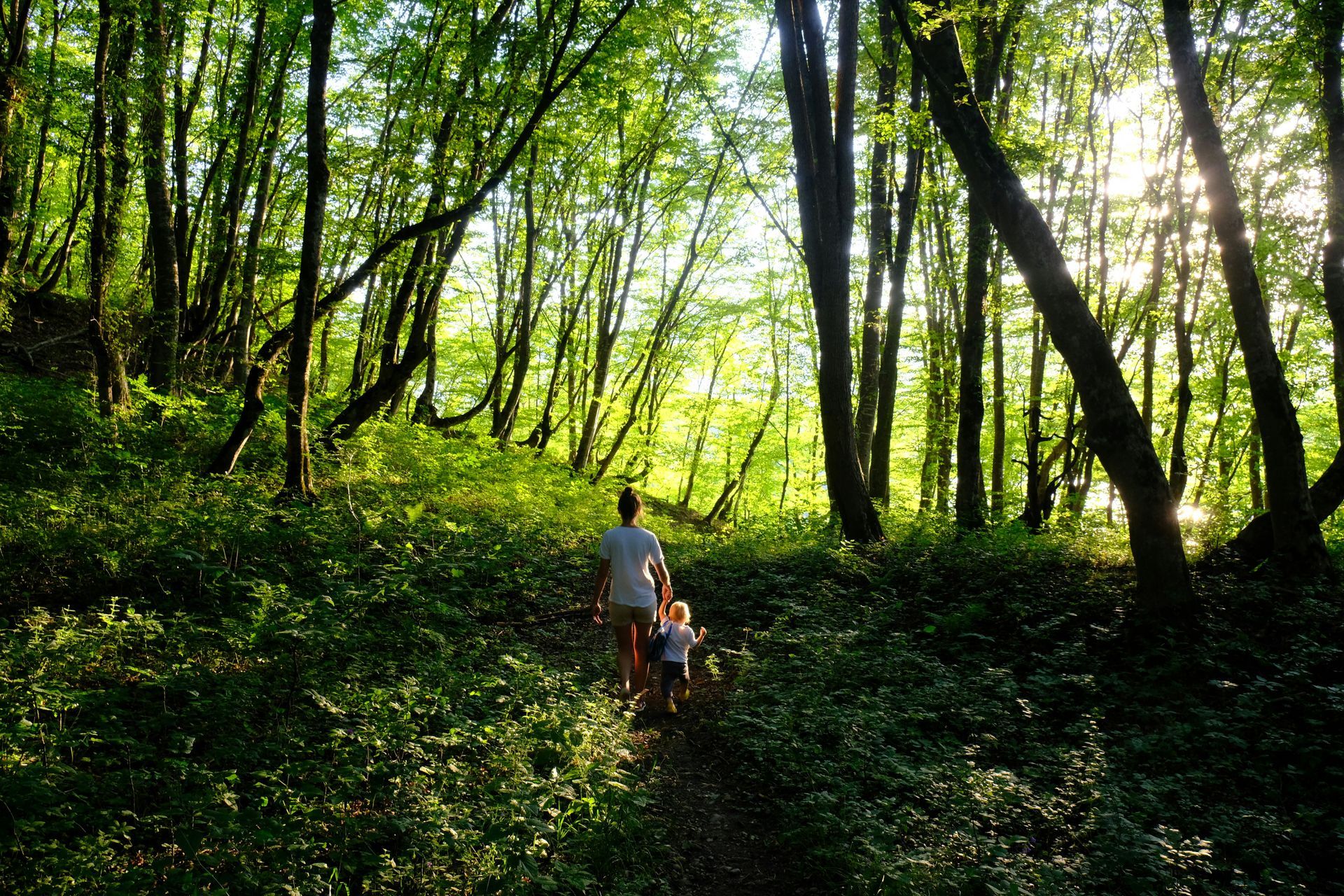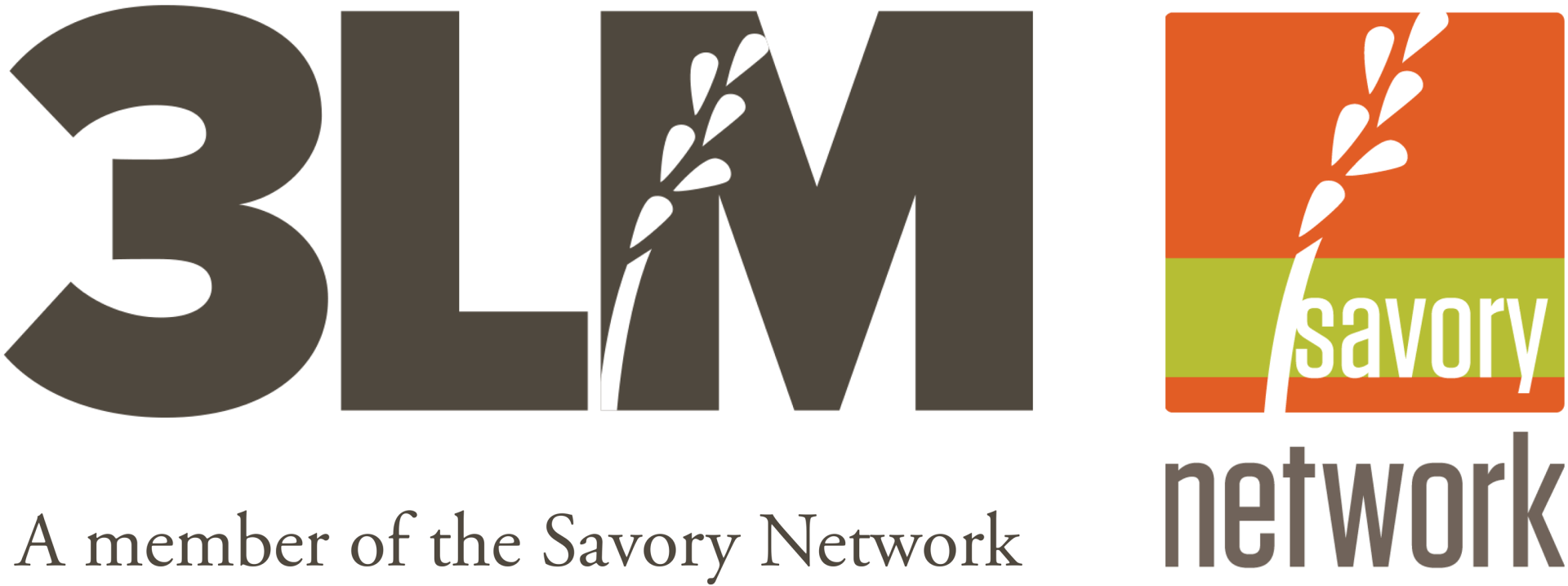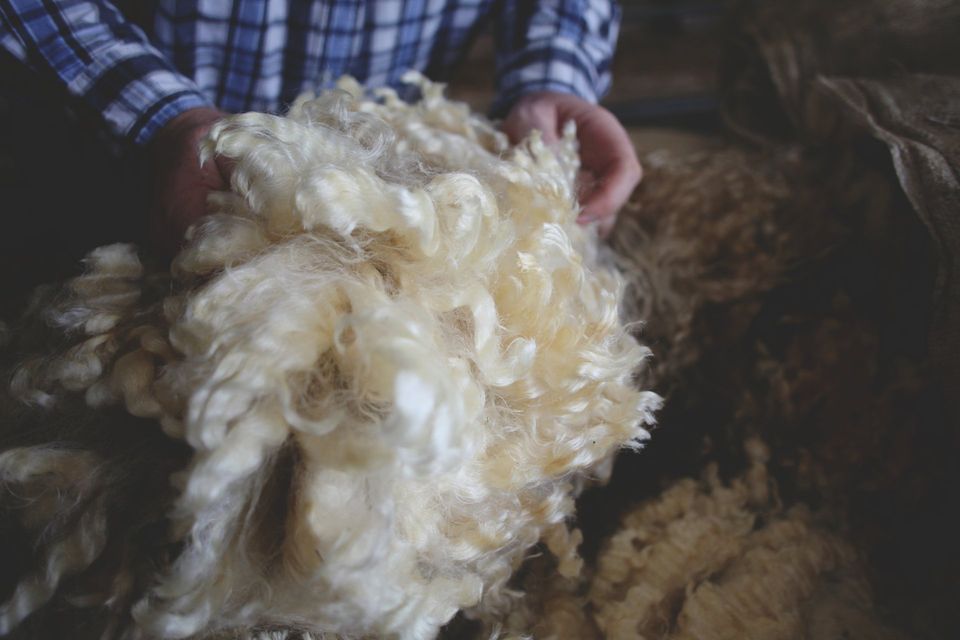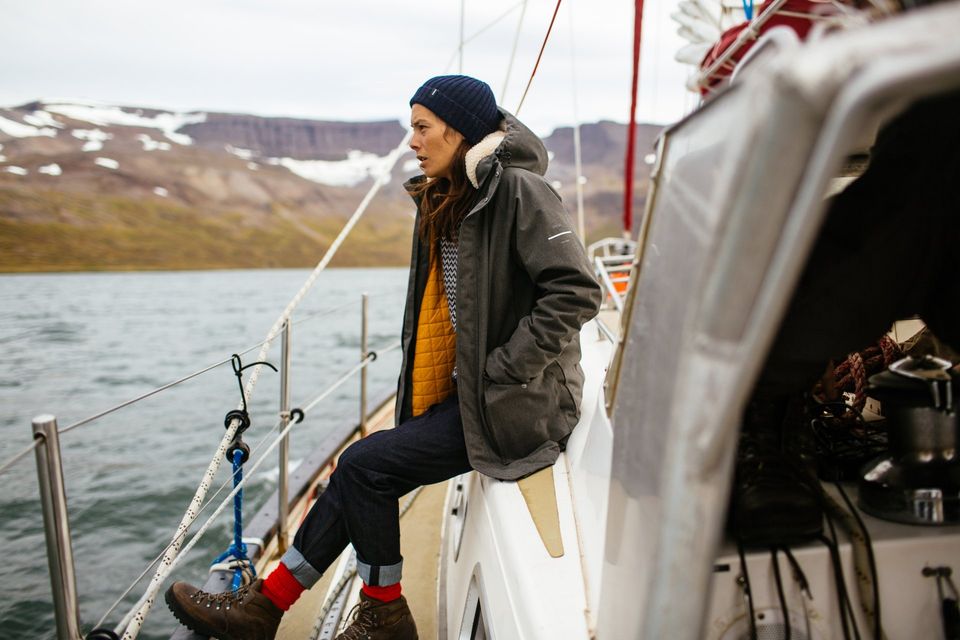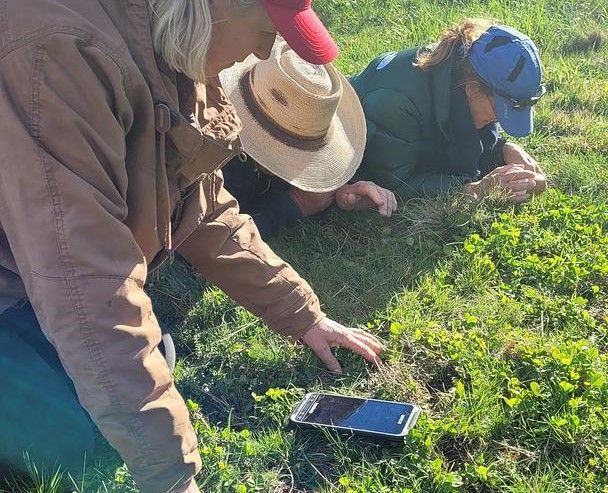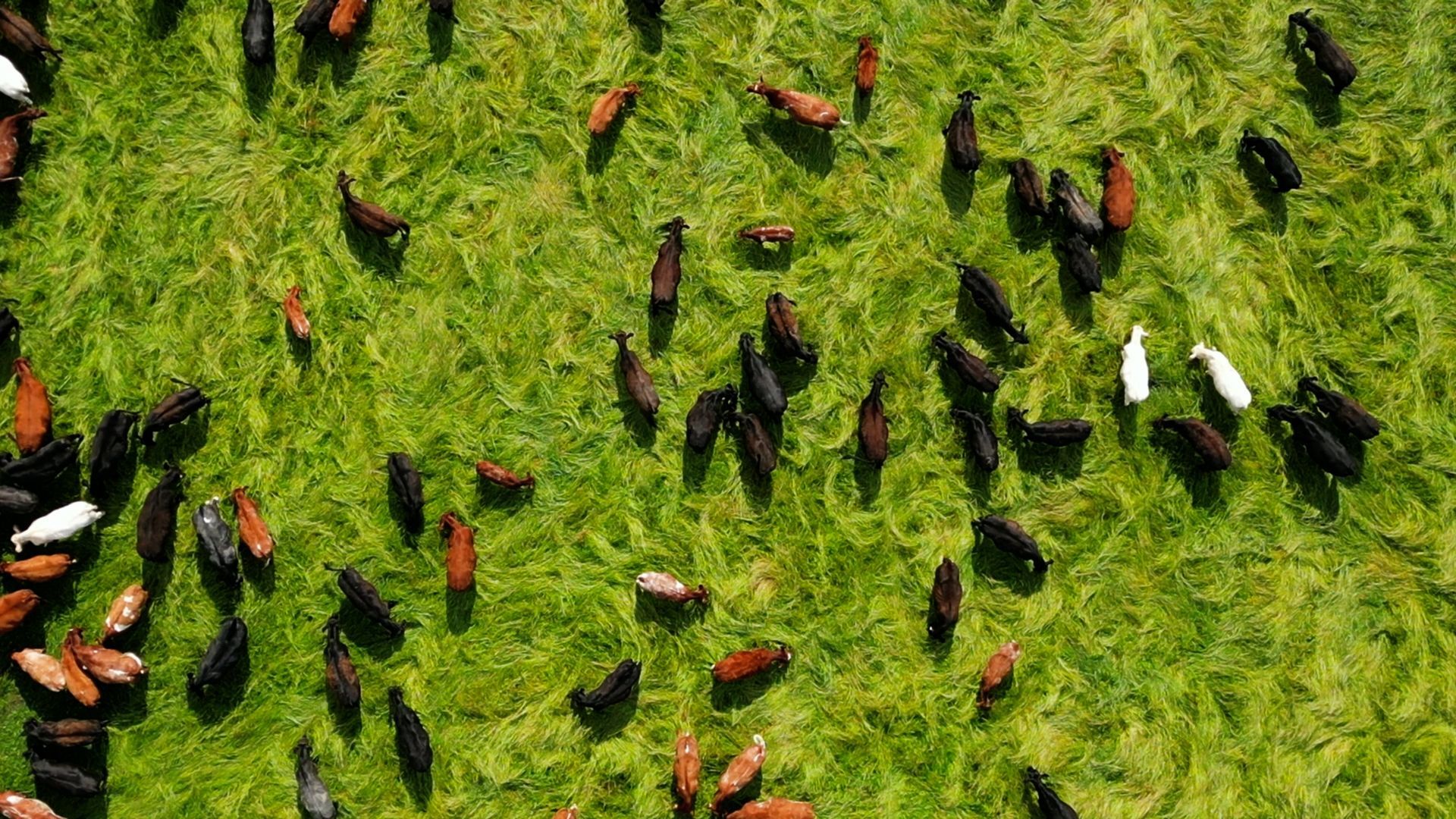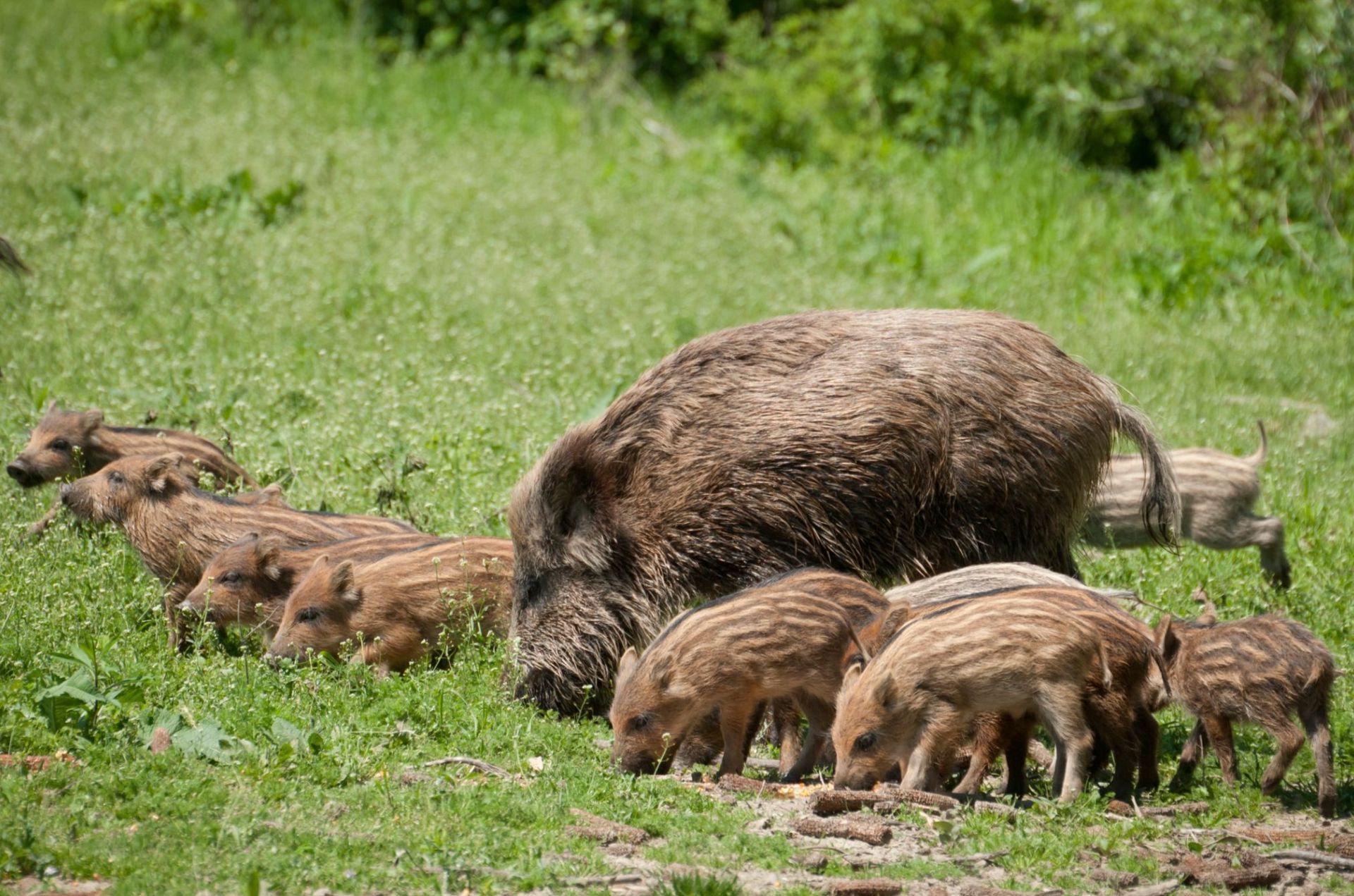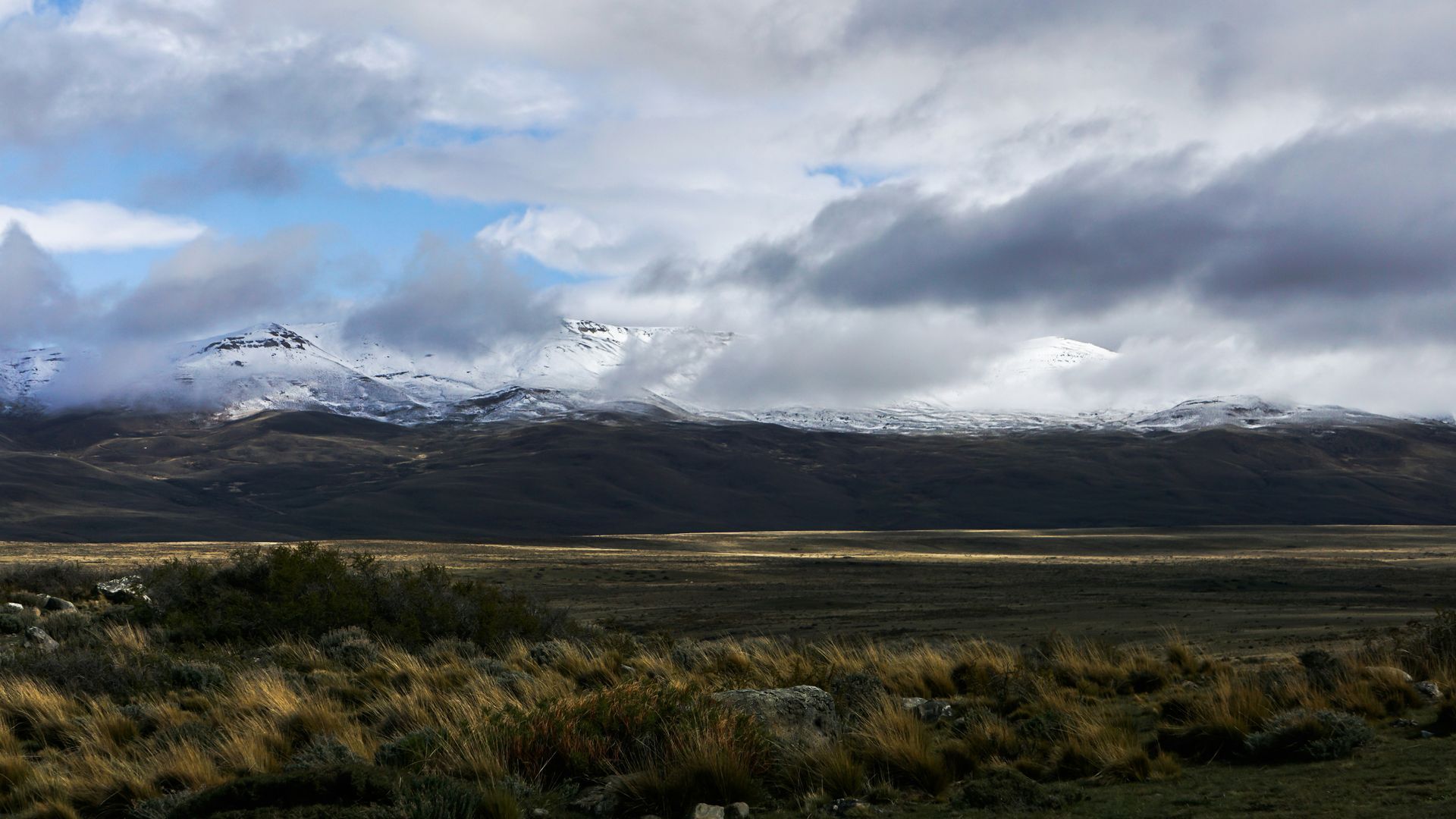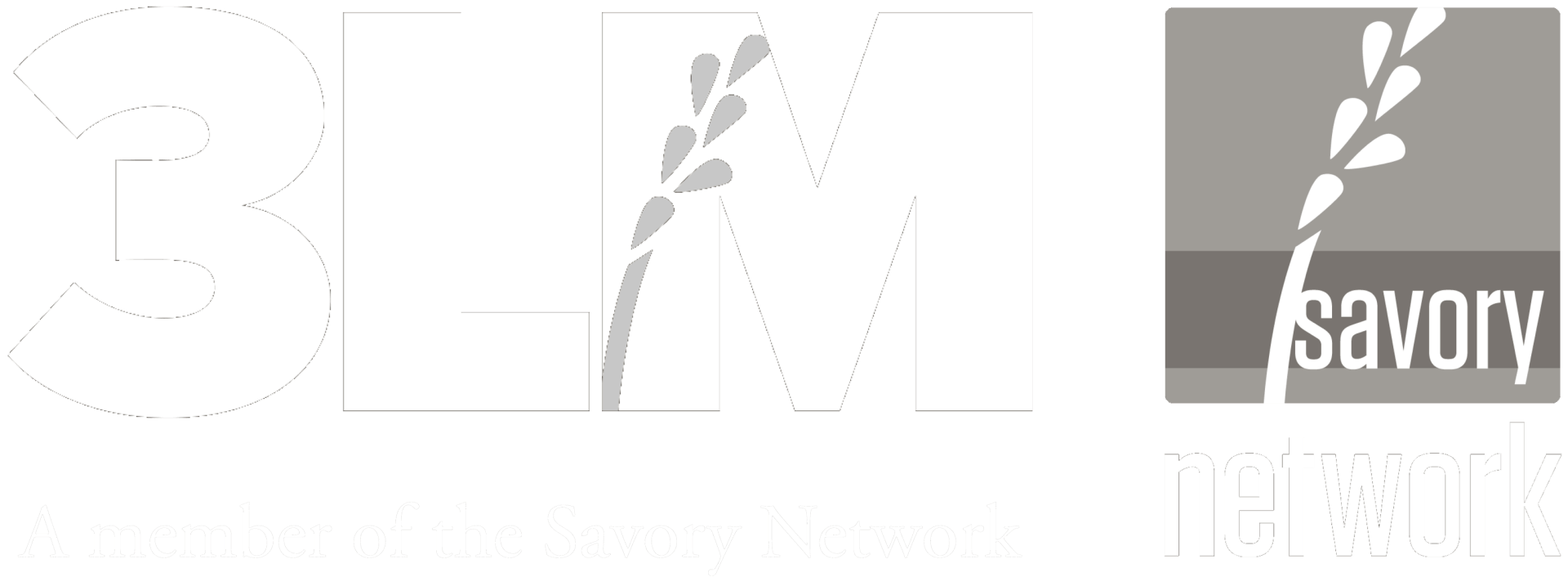Beyond Sustainable for British Wool
HD Wool and Savory Institute's Land to Market Program Partner to Bring Verified Regenerative Wool to the Fashion and Outdoor Industries

BOULDER, Colo. (PRWEB) December 08, 2020
HD® Wool and the Savory Institute announced today a new partnership that will bring Land to Market verified regenerative wool to brands and manufacturers across the global wool trade. HD® Wool has evolved out of a business with over 130 years of experience in the wool trading industry, and brings consumer-enhancing components to Land to Market’s fast growing list of apparel brands. This will be the first model of regenerative British wool which is committed to supporting producers with a new route to market, whilst providing brands with regenerative sourcing solutions and consumers with dynamic buying choices.
HD® Wool is the leading supplier of traceable, natural and biodegradable wool insulation for apparel. “We provide technical wool insulation for anyone who defines quality beyond what they can see and touch and who are conscious of their environmental impact,” states Jo Dawson, CEO of HD® Wool.
“The partnership with HD® Wool is a vital step for Land to Market as we grow our member base and look to provide more turnkey traceable wool solutions for brands,” says David Rizzo, Chief Operating Officer of the Land to Market program. “We have been working closely with HD® Wool and 3LM, the local Savory Network hub, for nearly two years to formalize this partnership, so getting to this point is a considerable milestone in scaling the program and accelerating more verified regenerative supply into the marketplace.”
As a member of the Land to Market program, HD® Wool is investing in capacity growth and aligning with partners on shared values, whether that be through an ability to segregate wool types, working with processors, or maintaining attributes through the value chain. In return, Land to Market is connecting HD® Wool to wool producers with verified regenerative landscapes––backed by the empirical evidence of Ecological Outcome Verification, Savory Institute’s peer-reviewed land monitoring protocol that has been deployed on two million acres worldwide.
Photo Source: Woolkeepers®
HD® Wool joins a roster of other leading brands in the Land to Market program, including EILEEN FISHER, Timberland® and the Kering Group. Together, these commitments to verified regenerative sourcing spark a new era for textiles that pushes beyond sustainability and embraces grazing methods that help sequester carbon, store water, increase biodiversity and regenerate the planetary ecosystem we all depend on.
“HD® Wool is solving the need of the apparel market to innovate with natural, microplastic-free active insulation with the essential benefit of regenerative sourcing,” highlights Jo Dawson. “This helps global outdoor and fashion brands to give their customers the purchasing power to make positive changes for their local landscapes and producers.”
Photo Source: Finisterre
About HD® Wool
HD® Wool exists to bring energy, wellbeing and comfort by working with nature to produce active technical wool insulation. The business is built on the expertise of 4 generations, from sheep farming in Yorkshire to international wool trading. Founder Jo Dawson created HD® Wool to propel the use of wool in the 21st century as a natural and high performing active insulation.
HD® Wool is leading the way to demonstrate to the market and consumers that there is a better way to grow wool and source materials, which minimize negative impacts on people and the planet. HD® Wool are happy to strengthen the strategic direction of Regenerative Agriculture that benefits both the earth and the animals that graze on it, whilst simultaneously rewarding the farmers who invest in the system of Holistic Land Management. Our active wool insulation in the Land to Market program will enable those brands who want to demonstrate their responsibility towards reversing the environmental crisis to use a differentiated and beneficial ingredient product.
About the Savory Institute
The Savory Institute, a U.S.-registered 501(c)(3) charitable organization, facilitates large-scale regeneration of the world’s grasslands through Holistic Management. Together with Savory’s global network of Hubs, the Savory Institute equips farmers and ranchers around the world with education, training, and implementation support to achieve success within their cultural and ecological contexts.
Savory Institute also removes barriers and creates enhanced conditions for large-scale progress by informing policy, engaging the marketplace, and increasing public awareness. Savory’s long-term goal is to positively influence the management of 1 billion hectares of grasslands by 2025, thereby contributing to global climate-, water- and food-security. To learn more, visit http://www.savory.global.
About Land to Market
The Land to MarketTM program exists primarily to do two things. One is to create new value streams and opportunities for producers around the world. The second is to provide consumers with more transparency and to allow them to vote with their dollar through their purchasing decisions that support environmentally positive outcomes on the land.
We do this by differentiating products that are grown on regenerative landscapes. The scientific protocol inside Land to Market is called Ecological Outcome Verification and together they provide a voice for the land in the marketplace. Because we start at the raw material producer, Land to Market has the unique opportunity to reach forward in that value chain. Many brands already have transparency and traceability mechanisms in place to reach back in their supply chains and track elevated claims. By working collaboratively from both ends of the chain, together we accelerate eligible products that move into the market. Simultaneously, this creates the opportunity for processors and intermediaries to support the needs of this growing regenerative movement which provides exciting new turnkey opportunities. https://savory.global/land-to-market/
About Ecological Outcome Verification
Ecological Outcome Verification (EOV) is the world's first verified regenerative sourcing solution for meat, dairy, wool & leather. When a farmer becomes verified they are eligible to sell their food and fibre under the Land to Market brand, either directly into the marketplace, or to one of Savory Institute's many Land to Market Partners, such as HD® Wool.
For more information about EOV or Land to Market, please contact 3LM at:
Email: info@3lm.network
Tel: +44 (0)7446 780081
Or, book an appointment using this link.
